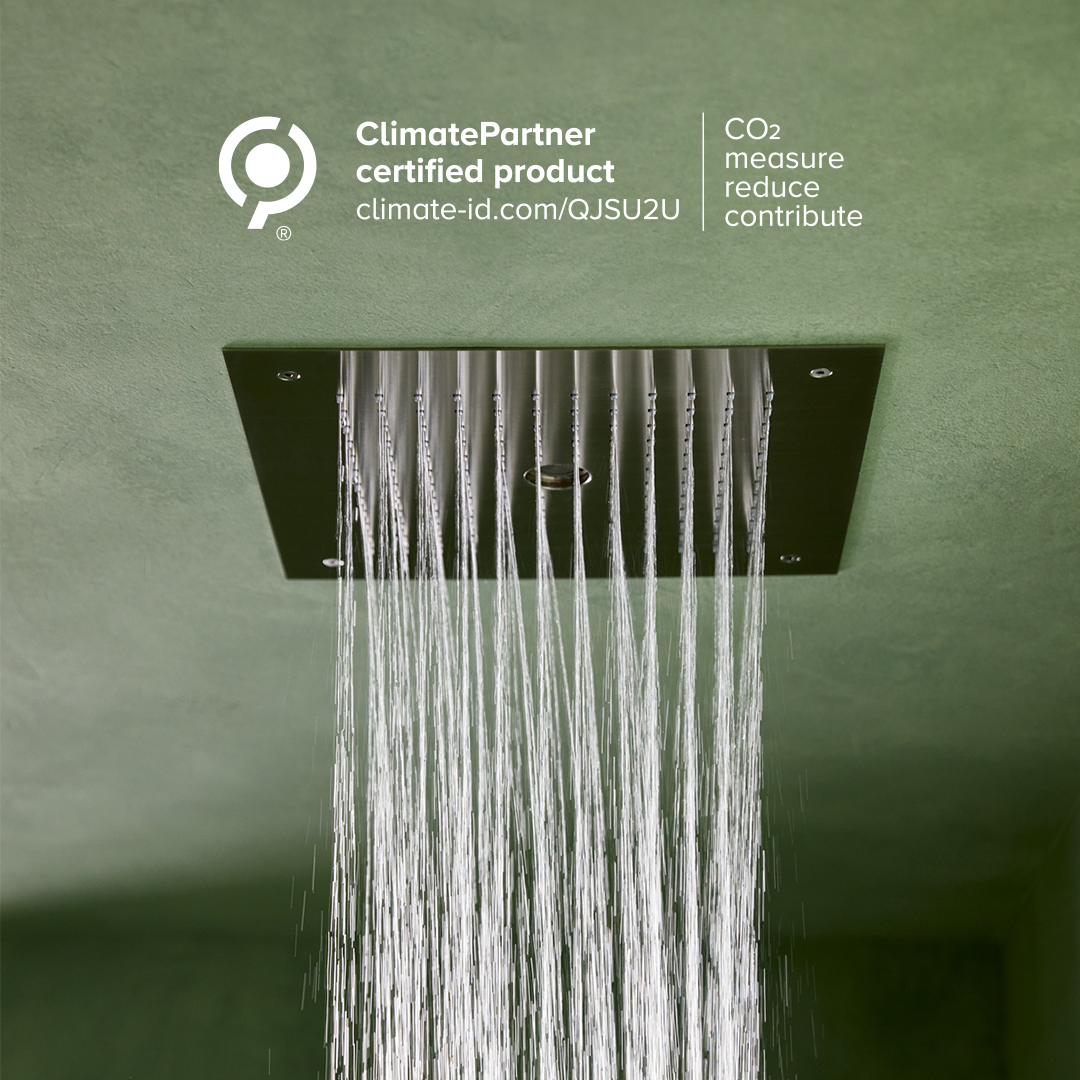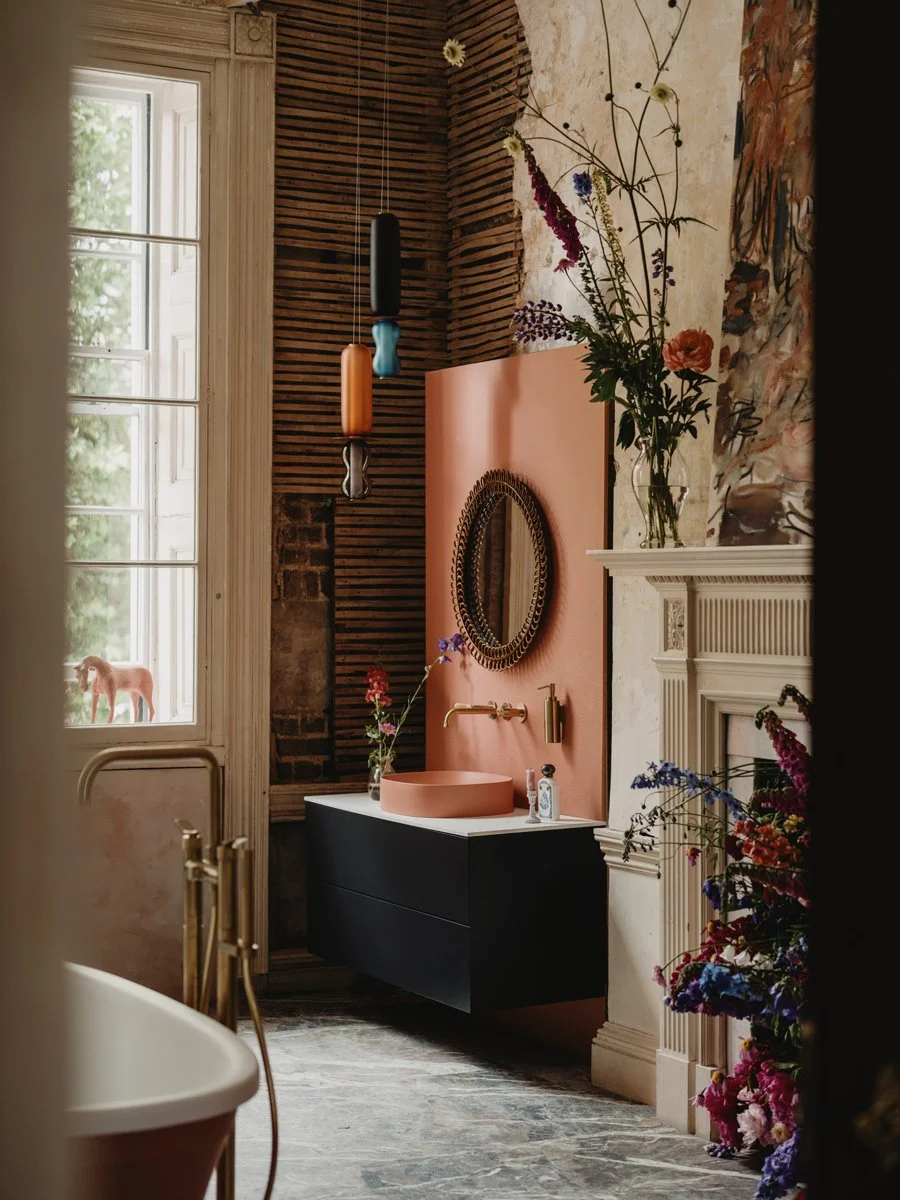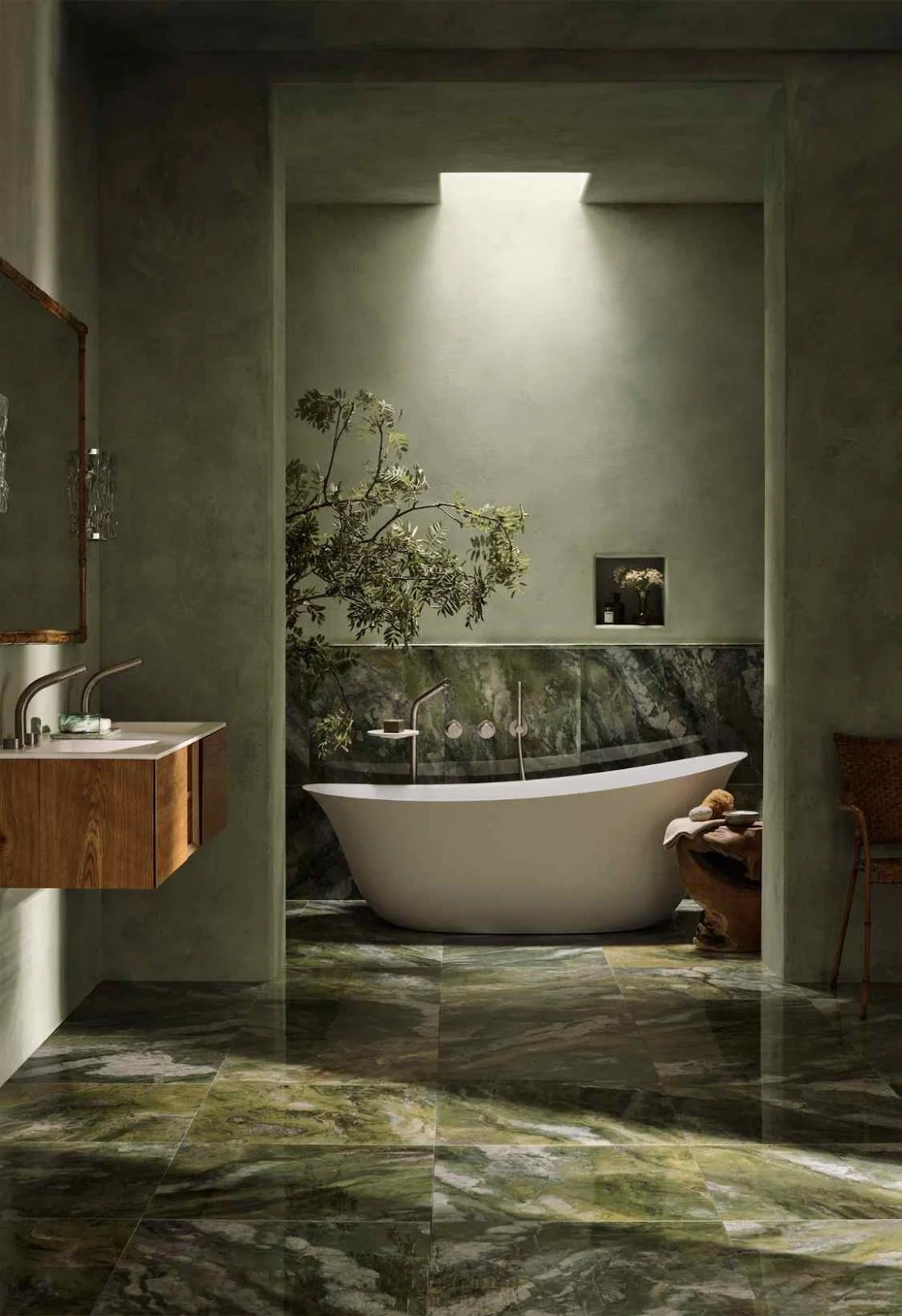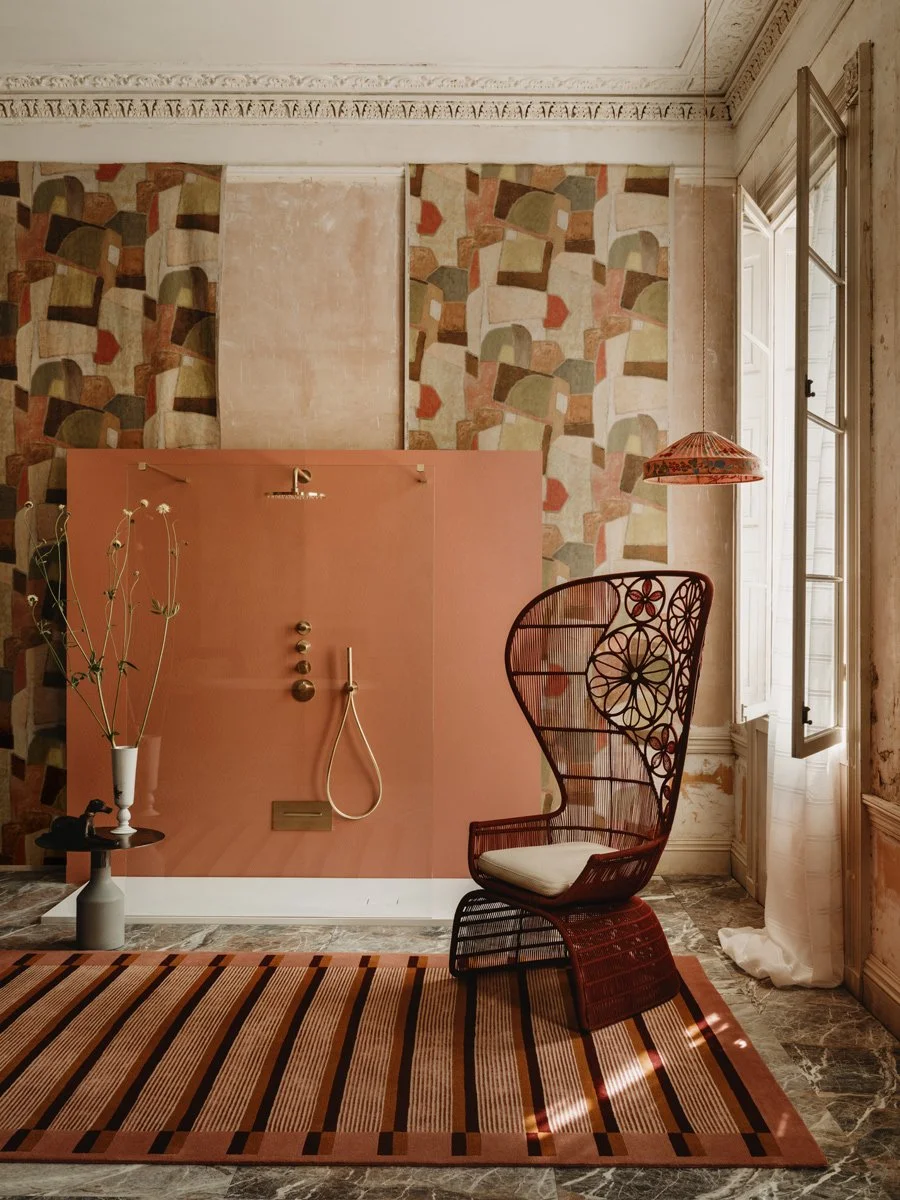Creating a sustainable interior design practice, with Clearwater Interiors
For some time, sustainability was a complex and arduous aspect of interior design. Few brands were transparent about their practices, clear improvement instructions were rare… But, as the years progressed and the dust settled, sustainability has increasingly become an essential and exciting focus within interior design. What was once a rising concern alone has now evolved into an inspiring opportunity for creativity, driven by evolving consumer values and forward-thinking legislation.
The Paris Agreement of 2015, for example, has spurred industries – including construction and design – to reduce carbon emissions and embrace greener practices. In the UK, initiatives such as the Future Homes Standard aim to make new homes zero-carbon ready by 2025, encouraging the use of innovative, energy-efficient materials and systems. The European Union’s Green Deal is similarly ambitious, aiming for carbon neutrality by 2050.
For interior designers, this evolving landscape presents a plethora of opportunities to be both creative and responsible. The adoption of energy-efficient systems, recyclable materials, and low-impact production techniques allows for spaces that are as chic as they are sustainable. Instead of viewing regulations as limitations, designers can see them as a framework for innovation – pushing the boundaries of what is possible in design.
In this article, alongside sustainability experts at Clearwater Interiors, a Climate Partner-certified luxury bathroom brand, we discuss actionable ways interior designers can be more sustainable in their studios and practices.
Seven lessons for sustainable interior designers
01. Source sustainably
A cornerstone of sustainable interior design is the careful selection of materials. It’s important to prioritise materials that are renewable, recycled, or sourced from responsible suppliers. For example, opting for sustainable wood, natural fibres, and eco-friendly and low VOC finishes can significantly reduce the environmental impact of your projects, while still contributing to a luxurious, natural feel.
Clearwater Interiors prioritises sustainability by using eco-friendly materials, such as sustainably engineered stone and recyclable packaging, to ensure their products align with their carbon-conscious mission. In partnership with Climate Partner, they are actively working towards reducing their carbon footprint and creating environmentally responsible yet elevated bathroom experiences.
If you don’t have the bandwidth to partner up with climate or environmental associations, you can also just check the sustainability measures of materials you already use, and switch up the ones that don’t comply with your standards.
02. Reduce waste with thoughtful design
Waste in the design process is one of the most significant environmental concerns. From discarded materials during projects to over-ordering cleaning and renovation products, every phase of a project can generate waste.
One way to combat this is by finding new homes for your discarded materials and pieces. Not only can this be a smart financial decision, but it can also reduce the carbon footprint of future projects. Of course, as designers, it is important to plan projects with their longevity in mind – choosing durable materials that will stand the test of time, as well as modular designs that can be adapted and updated rather than fully replaced.
03. Focus on energy and water efficiency
Sustainability in interior design goes beyond materials – it also includes the energy and water consumption of a home or space. To counteract excess energy and water wastage, we suggest selecting energy-efficient lighting, high-performance windows, and insulation measures, or designing for natural ventilation and daylight as much as possible.
Water efficiency, particularly in bathroom design, is another critical aspect. Clearwater Interiors offers bathroom fixtures that deliver luxurious experiences while reducing water usage, showing that cutting back on resources doesn’t have to sacrifice luxury or taste. Their water-saving solutions show how thoughtful design can balance the needs of the planet with the expectations of sophistication. You can explore their collections at Portaire’s curated directory.
04. Embrace carbon neutrality
As concerns over climate change grow, more designers and brands are aiming for carbon neutrality in their projects. This involves measuring and reducing carbon emissions, then offsetting any remaining emissions through investments in environmental projects like reforestation or renewable energy.
Clearwater Interiors has made this a core part of their mission, partnering with Climate Partner to assess and offset their carbon footprint. Designers can draw inspiration from brands like Clearwater Interiors that take a proactive stance on carbon neutrality – showing clients that it's possible to design with both elegance and transparency in mind.
05. Design timelessly
This might be the most challenging lesson here, but also the most important. For designs to be sustainable, they must ignore the trends of the time and focus on good quality, beautiful forms, colours and materials. That way, they will survive across generations of homeowners, thus producing less energy, material and water waste overall.
Clearwater Interiors’ collections embody that same commitment to timelessness, creating sensory bathrooms with considered design and thoughtful materials. By focusing on nature as a constant source of inspiration, their pieces transcend trends and styles, making something truly unique and powerful.
06. Educate your clients
Sustainable design isn’t just about making responsible choices – it’s also about educating clients. Many clients are eager to make eco-friendly choices but may not know where to start, or even to request them at the outset of a project. As a designer, it’s your role to guide them, explaining the benefits of sustainable materials, energy-efficient appliances, and water-saving fixtures; whether they ask directly or not. It’s your responsibility to be the expert, and let them know that sustainable design is both stylish and eco-conscious.
Clearwater Interiors excels at educating their customers by offering transparency in their processes, from material sourcing to carbon offsetting. By providing clear, actionable information, they make it easy for designers and clients alike to make informed, sustainable choices. As a plus, incorporating similar educational elements in your own practice can foster deeper client engagement and long-term loyalty.
07. Commit to long-term change
Sustainability is not a one-time effort – it’s a constant commitment you have to make with every project and client you take. This means staying informed about new innovations, continuing to improve processes, and regularly revisiting your own practices to ensure they remain environmentally friendly.
Clearwater Interiors exemplifies this mindset by continuously evolving their designs and practices to reduce their environmental impact, ultimately reaching more people with their striking yet balanced designs.






